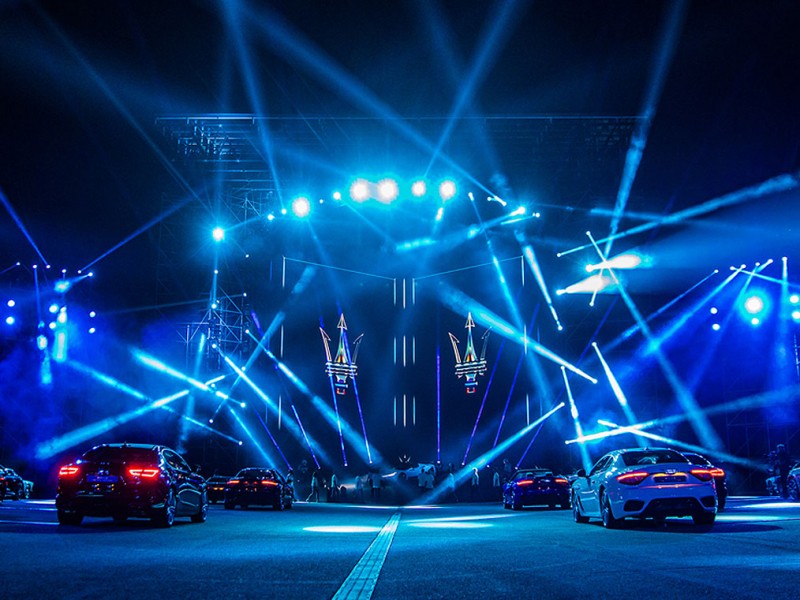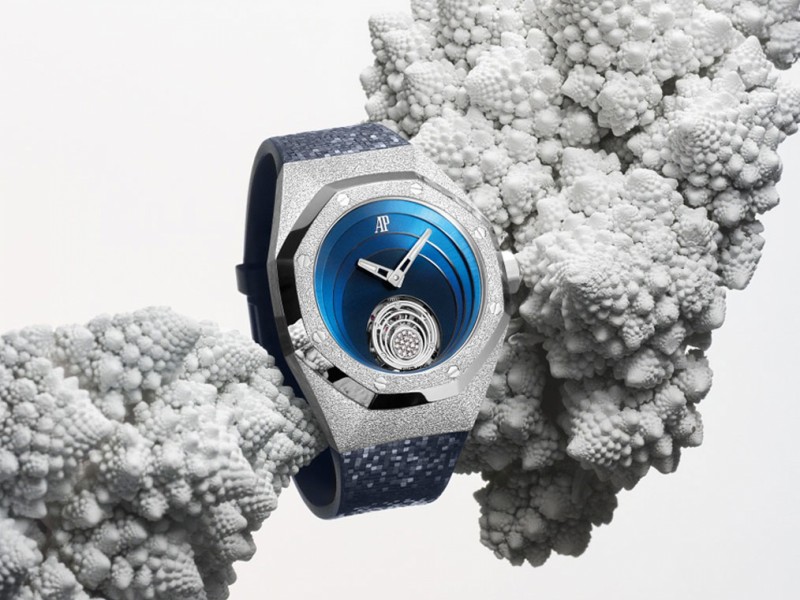Philosopher Siegfried Kracauer was among the first twentieth century thinkers to seriously contemplate the seductive surfaces and ornamentation of mass culture. An early theorist of cinema and one of the founders of the Frankfurt School of sociopolitical thought, he contemplated the ways popular culture and modern loci of leisurely pleasure—amusement parks, shopping arcades, dance halls, cinema, vernacular and press photographs—contain deeper revelations about the contradictions and complexities of our society. Having emigrated to the US during World War II, Kracauer focused in particular upon what he called “the ostentatious display of surface” that characterized his new American surroundings, and intuited beneath the surface a host of sociological meanings in what are often dismissed as superficial forms.
Beginning September 3rd, and borrowing Kracauer’s title, the exhibition Mass Ornament: Pleasure, Play, and What Lies Beneath at South Etna Montauk takes liberties with the philosopher’s critical lens, transposing it to a twenty-first century exploration of pleasure and ornamentation, and the secrets they may conceal, in the work of a diverse group of artists and designers: Derrick Adams, Thomas Barger, Louis Fratino, Terri Friedman, Frank Haines, Varnette P. Honeywood, Ak Jansen, Nikki Maloof, Ohad Meromi, Ruby Neri, Gaetano Pesce, Rob Pruitt, Walter Robinson, Brian Rochefort, Jennifer Rochlin, Ugo Rondinone, Bruce M. Sherman, Katie Stout, and Iiu Susiraja. Mass Ornament: Pleasure, Play, and What Lies Beneath has been organized by curator and writer Alison M. Gingeras, who has collaborated with artist Katie Stout to design the installation.
Just as Kracauer’s most famous text pays tribute to the interdisciplinary joys of popular culture, this deliberately dense exhibition seeks to blur the lines between the traditional hierarchies of fine and applied arts, decoration and functionality, sculpture and furniture. Installed against the backdrop of the beach hamlet of Montauk (itself a summertime pleasure and play destination with a complex cultural history spreading beneath a surface of sun and leisure), Mass Ornament is conceived as a total environment in which the various paintings, photographs, textiles, ceramics, furniture, and other objects meld into an enveloping atmosphere that consumes the building’s interior and excites visitors’ senses.
The works presented in Mass Ornament favor maximalism: seductive surfaces, brilliant colors, exuberant patterns, and baroque forms. Here, paintings and vessels, sculptures and lamps, drawings and chairs all take pleasure and play as their subject and, in many cases, camouflage more subversive intentions and messages. The unrestrained color palette and happy air of Derrick Adams' Floater paintings on paper, for example, depict Black Americans relaxing in swimming pools with bright aquatic toys.
The visual delight of Adams’ work is more than an end in itself; his azures, pinks, and citrus hues are vehicles for an interrogation of the politics of race, leisure, and representation. A precursor to Adams, Varnette P. Honeywood (1950-2010), produced joyful paintings of the everyday lives of Black Americans in the 1980s. Her work on view in Mass Ornament finds Honeywood weaving together popular aesthetic traditions with a sophisticated and playful formalism that recalls the long history of collage, a technique described by writer, critic, and educator Sasha Bonét as “a historical practice of Black imagination...[that] has helped us to envision unfathomable futures in the face of violence and uncertainty. It has been a creative way to love each other even though we haven’t been shown care, to express the depths of our experiences even when no one ever asked how we felt, to give evidence to all the things unseen.”
The conflation of craft, sensual pleasure, and the highs and lows of everyday life is apparent in the expanded range of pictorial practices in Mass Ornament. This complex counterpoise can be found in the woven textile paintings of California-based Terri Friedman; in painter Nikki Maloof's elaborately patterned, masterfully layered, and deceptively cheerful still lifes; in Ugo Rondinone's saturated sunset watercolors; and in Rob Pruitt's new color gradient cut-out paintings. This same spirited formalism animates the erotic sensuality of new works by Louis Fratino and Walter Robinson, as well the stunning self-portraiture of Iiu Susiraja, who borrows the classical trope of the bather set against a brightly patterned set to thrill the eye, while challenging our received standards of female beauty and availability.
In addition to the many two-dimensional works in Mass Ornament, visitors will find three dimensional objects that tease the boundaries between functional and pure artistic expression, and hint at the politics of contemporary existence through their means of creation. Among these are recent pieces by Venice-born, New York-based master Gaetano Pesce, who has observed, “A lamp has to be able to send out light, but at the same time with the lamp you can express something else that is not only physical but political, religious, philosophical.” In addition to works by Pesce, Mass Ornament will showcase new pieces by artist-designers Thomas Barger, Ohad Meromi, and Katie Stout, as well as ceramists Bruce M. Sherman, Jennifer Rochlin, Brian Rochefort, Ruby Neri, and Ak Jansen.
For more visit: southetnamontauk.com
Related Features
-
633
-
-
-

